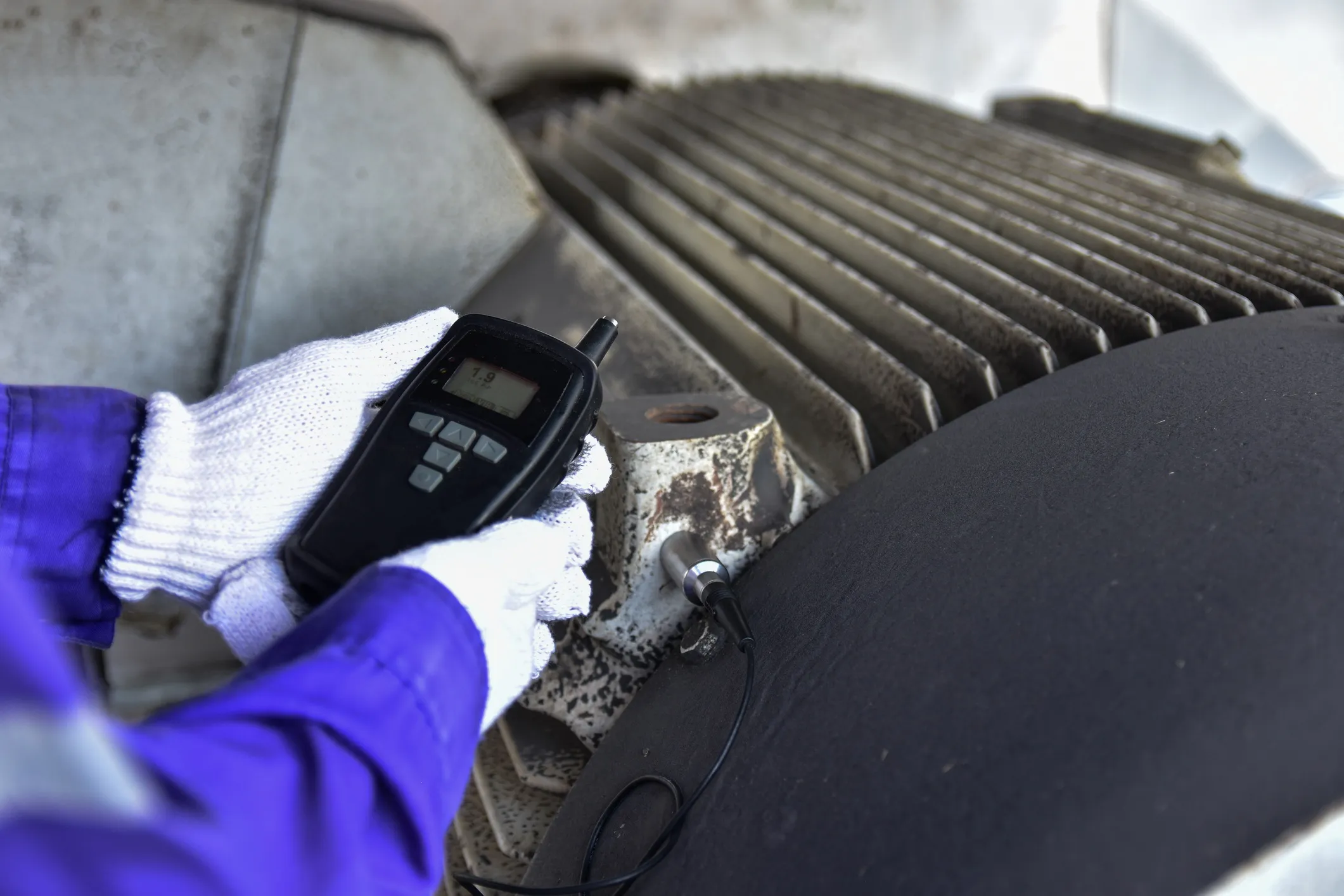ISO 2631-1:1997—Human Body Exposure to Vibration

Each day, human beings interact with some sort of machinery, making contact with vibration inevitable. Unfortunately, continuous exposure to mechanical vibration can lead to serious injury, such as vascular, neurological, and muscular damage. ISO 2631-1:1997—Mechanical vibration and shock – Evaluation of human exposure to whole-body vibration – Part 1: General requirements provides requirements for evaluating human exposure to whole-body vibration.
What Is Whole-Body Vibration (WBV)?
Human body exposure refers to the whole-body vibration (WBV) that an individual experiences, typically when sitting or standing on a vibrating surface, such as in a vehicle or a platform on a machine. Simply put, WBV refers to when vibrations of any frequency are transferred to the human body.
Why WBV Matters
Long-term exposure to WBV, especially in certain frequency ranges, has been associated with:
- Lower back pain
- Degenerative spinal conditions
- Fatigue
- Reduced task performance
- Motion sickness
WBV is thus assessed for potential health risks, such as like low back pain and disorders of the spinal columns. ISO 2631-1:1997 aims to help organizations identify, measure, and minimize these risks.
What Is ISO 2631-1:1997?
ISO 2631-1:1997 defines methods for the measurement of periodic, random, and transient whole-body vibration (WBV). This international standard establishes methods for measuring and analyzing vibration to assess its effects on health, comfort, and the possibility of motion sickness, including the use of frequency weighting curves and averaging methods. It also defines the principles of preferred methods of mounting transducers for determining human exposure.
What Is in the Scope of ISO 2631-1:1997?
ISO 2631-1:1997 is applicable to motions transmitted to the human body as a whole through the supporting surfaces: the feet of a standing person, the buttocks, back, and feet of a seated person, or the supporting area of a recumbent person. This type of vibration is found in vehicles, in machinery, in buildings and in the vicinity of working machinery.
ISO 2631-1:1997 does not apply to the evaluation of extreme-magnitude single shocks such as occur in vehicle accidents.
Key Factors in Assessing Vibration Exposure: Insights from ISO 2631-1:1997
ISO 2631-1:1997 outlines the principal factors that determine whether whole-body vibration (WBV) exposure is acceptable in terms of human health, comfort, perception, and motion sickness.
- Health – including risks such as spinal injuries or musculoskeletal disorders
- Comfort and perception – affecting performance and subjective experience
- Motion sickness – particularly from low-frequency vibrations
The standard emphasizes that acceptability depends on a combination of variables—including vibration magnitude, frequency, direction, and exposure duration.
Frequency Ranges Considered
- 0.5 Hz to 80 Hz: For evaluating effects on health, comfort, and perception
- 0.1 Hz to 0.5 Hz: Specifically focused on motion sickness
ISO 2631-1:1997 helps safety professionals, engineers, and ergonomists evaluate vibration exposure in workplaces, vehicles, and other environments where human-machine interaction is common.
Importance of Adhering to ISO 2631-1:1997
In industries where heavy machinery, vehicles, or vibrating platforms are commonplace, human exposure to mechanical vibrations is a serious concern because long-term or intense exposure to vibration can affect comfort, performance, and health. To tackle this issue, international standards help assure consistent evaluation and safety measures. One of the most important of these is ISO 2631-1:1997.
Where to Find ISO 2631-1:1997
ISO 2631-1:1997—Mechanical vibration and shock – Evaluation of human exposure to whole-body vibration – Part 1: General requirements is available on the ANSI Webstore.






